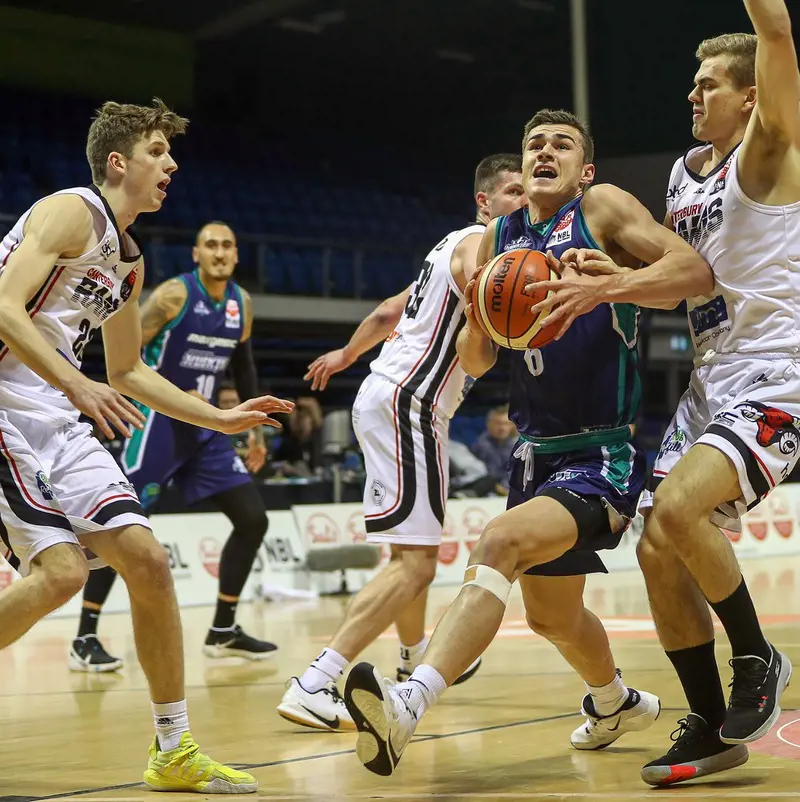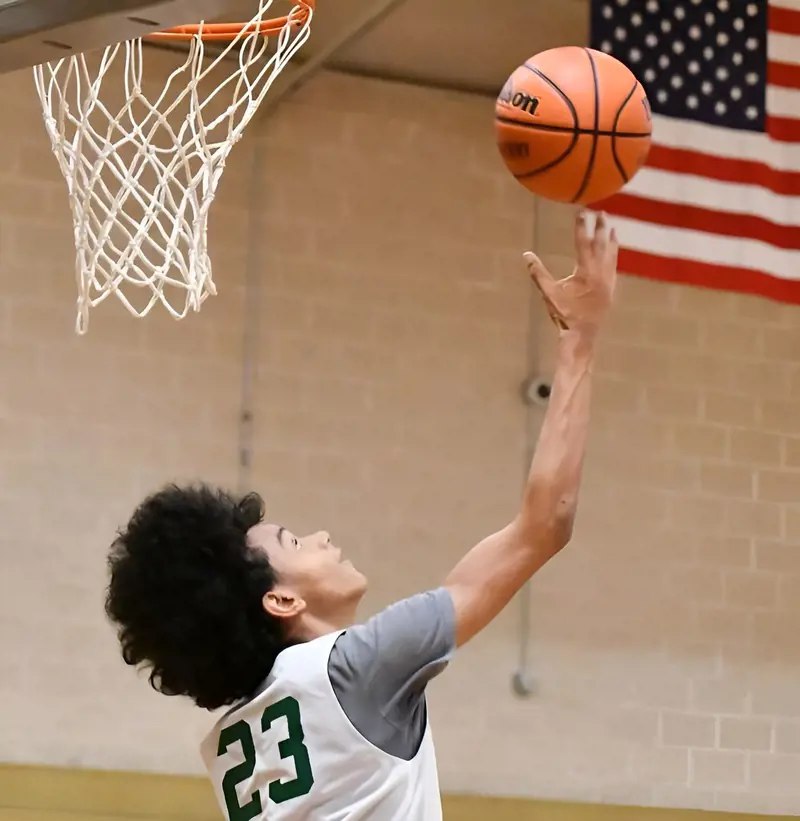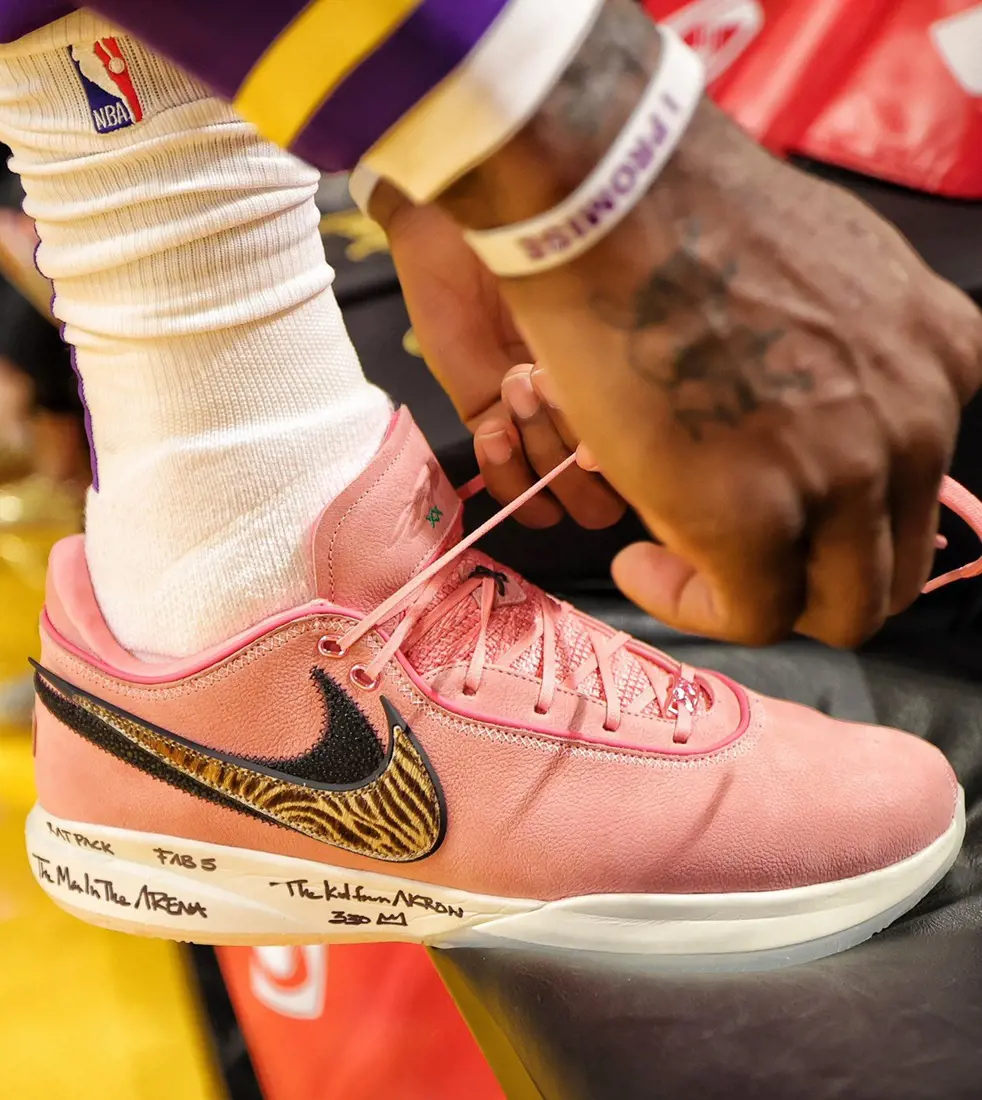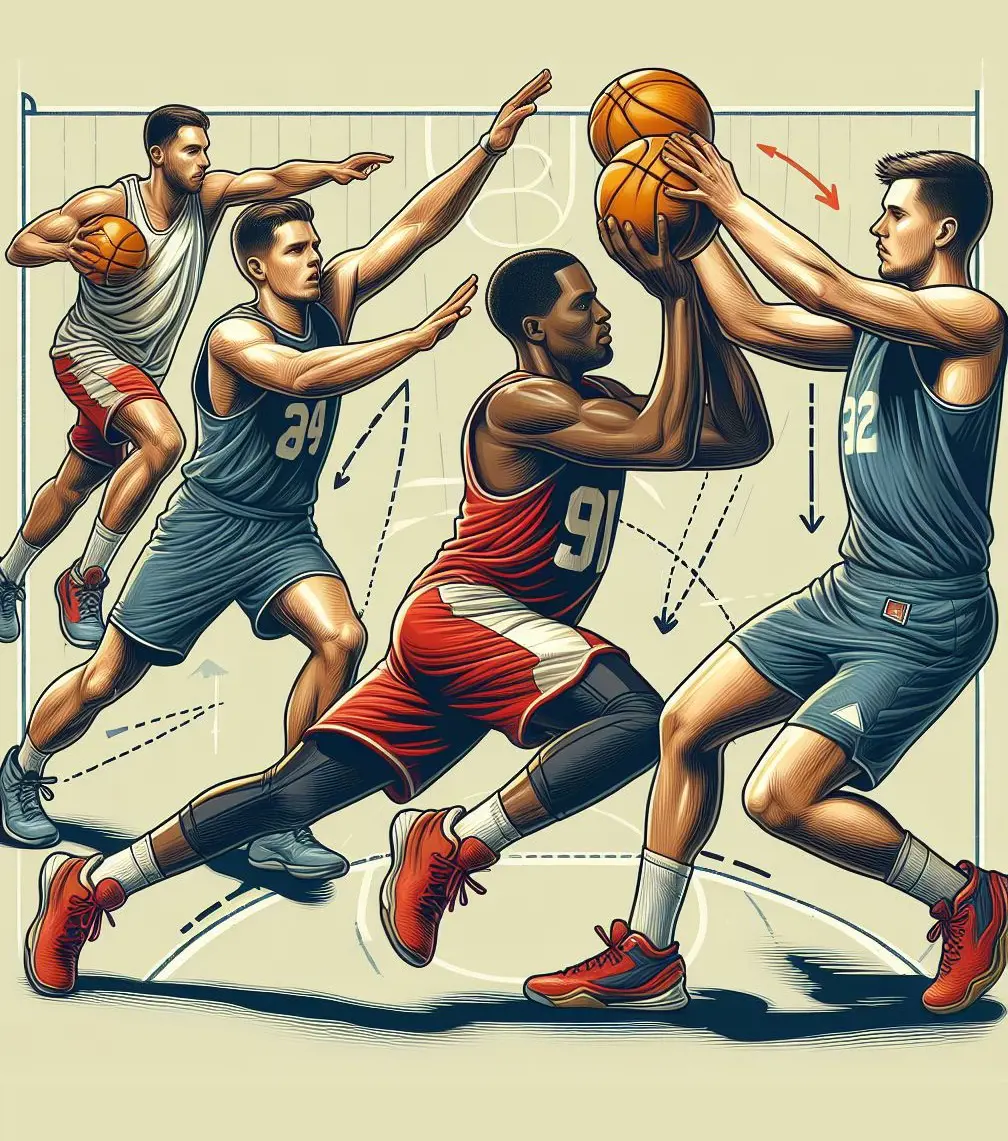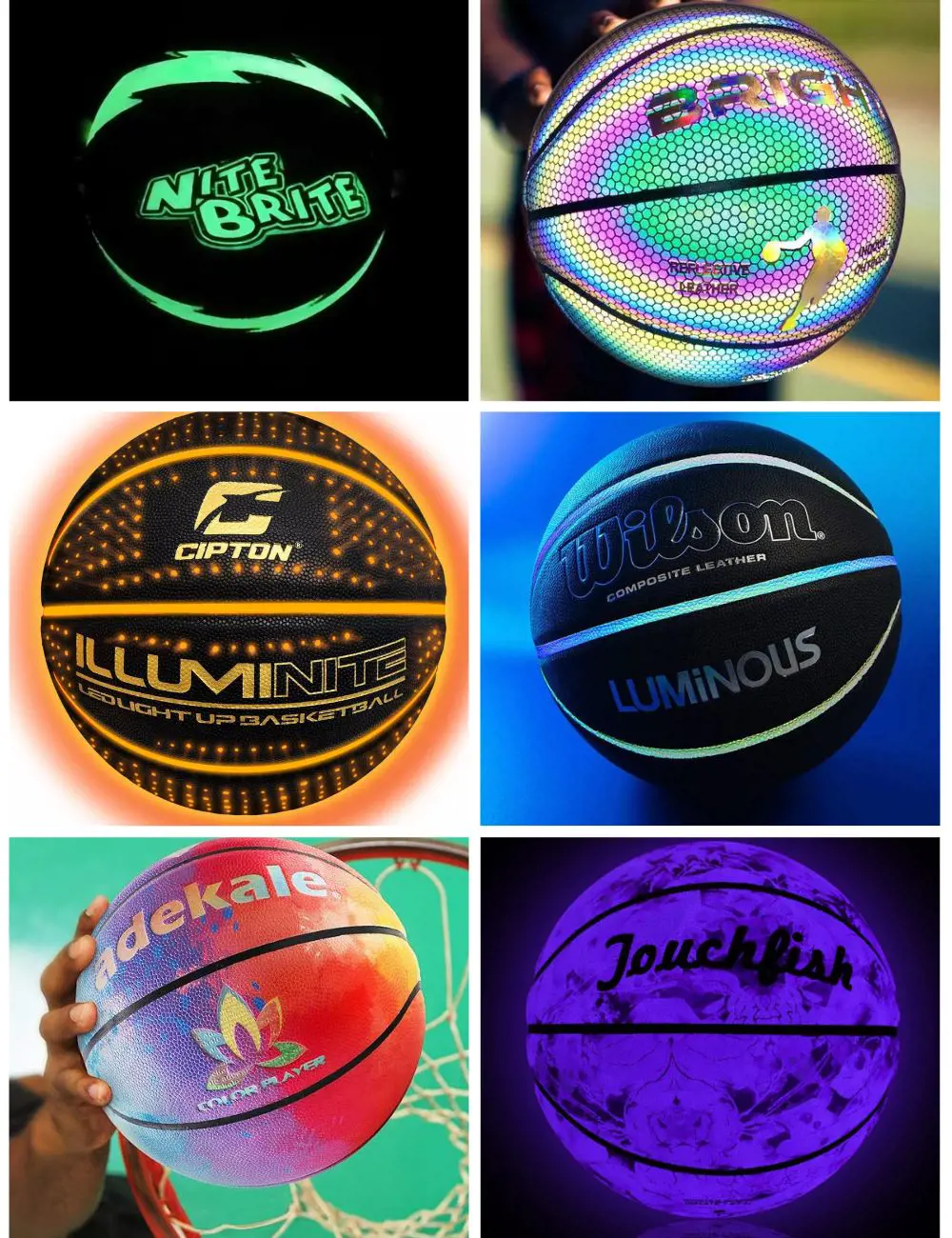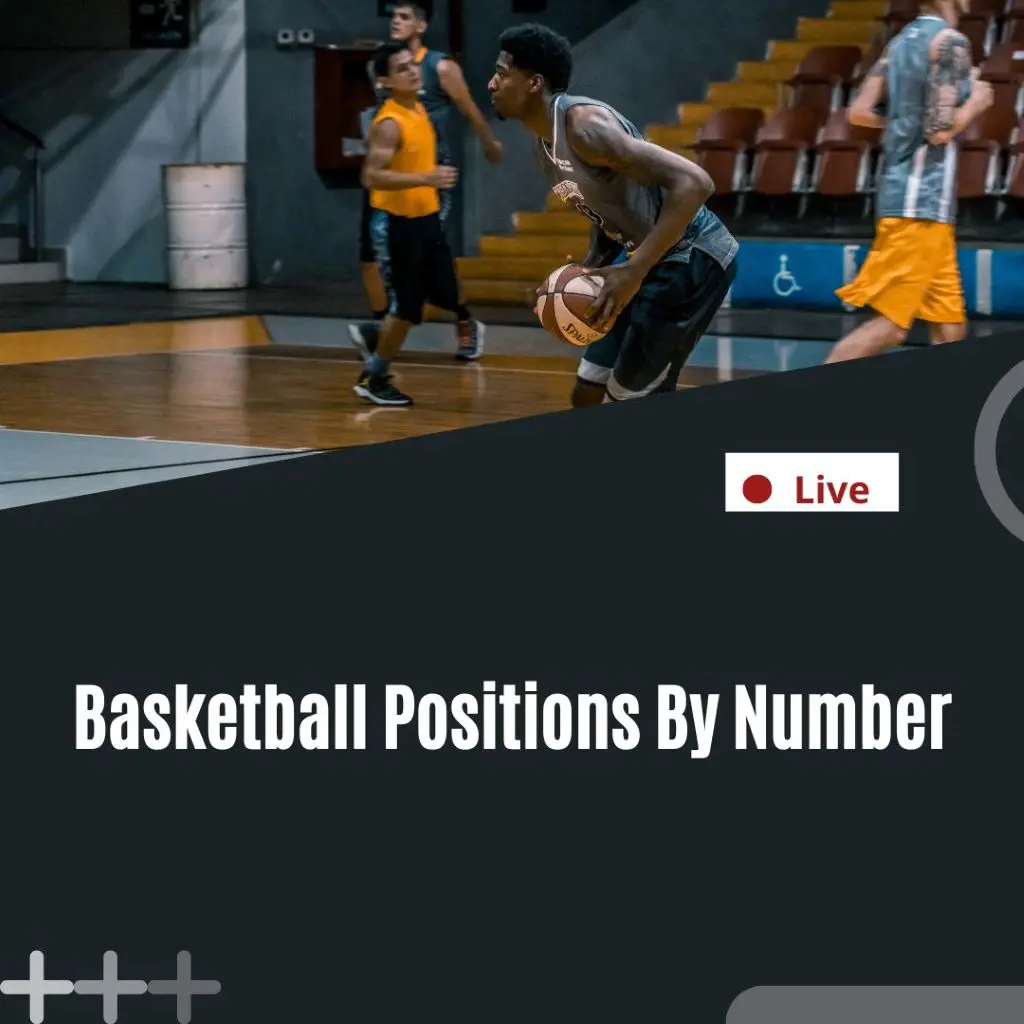
Basketball positions by number 1. point guard 2. shooting guard 3. small forward 4. power forward and 5. center. There are 5 players from each team.
These positions are assigned depending on the athlete's abilities, strength, body structure, and game knowledge. Primarily there are 5 positions assigned to the 5 playing athletes but there can be as many as 7 roles having added the 'sixth man' and the 'bench'.
The roles help organize athletes during the game and provide structure to the team. Additionally, the positions help in strategy making as a different player is assigned to a different roles and has to complete the task in a unique manner while performing in a team.
These various positions help ease communication as well. Coaches can call all the players in an assigned position and strategize accordingly. For instance, all point guards can be called and explained the strategy for the next game which helps in communication.
The 5 basketball positions by their numbers are:
1. Point guard
The point guard position is responsible for making the play in the team. Point guards are generally considered the leader of the team.
These guards are generally the shortest in the squad but are the best ball handlers and passers. In the NBA, point guards are generally between 5'10 and 6'4. Alongside good ball-handling skills, point guards are responsible for making the game and putting other players in a position to score.
Point guards are very quick on their feet and are good at driving and short-range leading the team by assisting as well as creating openings for teammates to score. For these reasons point guards are also called the one, the playmaker, and the coach on the floor.
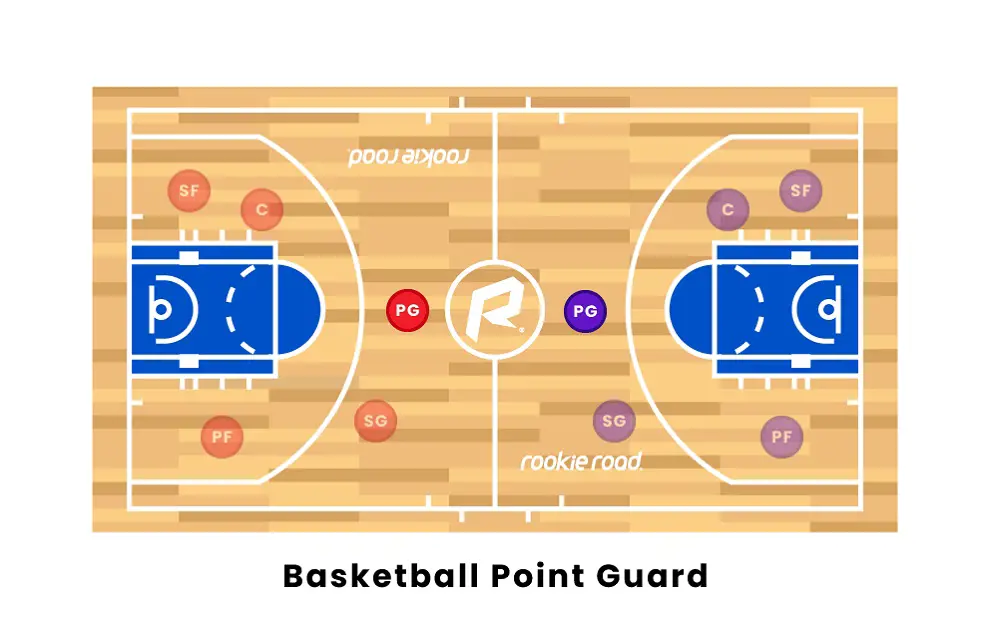
These guards have the role of studying the game and observing the strategies of the opponents. They should recognize the opponent's weaknesses and counter with the team's strengths. PGs usually have a high number of assists and are compared to centers in Hockey and quarterbacks in American football.
The position requires quick thinking and can be considered the backbone of the team. Point guards need to escape past the opponents and must be skilled enough to keep the ball moving eventually creating an opening for the team.
Point guards have different duties than other positions. While other players are focused on scoring more, the guard must keep the team balanced and play a team-focused game. Generally, PGs are responsible for leading the offense the guards also have to mark man-to-man and have zone defense responsibilities.
Facilitator and Scoring Point guards
There are two types of Point guards in Basketball, one being a facilitator-type point guard and one being a scoring point guard. A facilitator point guard often has a higher IQ and game knowledge than others. These types of guards can predict the opponent's moves before they are executed.
Furthermore, facilitator-type guards are usually the masters of half-court set offense having the right idea of where to place a fellow teammate at what time. Chris Paul is considered the best facilitator point guard.
On the flip side, A scoring point guard is good with his shots and has the ability to score from three points and to charge from the midpoint. Additionally, scoring guards are aggressive and are responsible for attacking the opponent's defense. Stephen curry is an example of a scoring point guard.
A number of skills including speed, agility, game knowledge, thinking outside the box, ball handling etc are necessary for a point guard.
2. Shooting guard
The shooting guard position as the name suggests is responsible for shooting the ball. These guards are also known as the off-guard and the two.
This position specializes in shooting and scoring three-pointers as well as mid-range shots. A key feature the guard should possess is the ability to patiently and strategically circulate around the three-point line and once an opening is seen shoot the ball to score points for the team.
Shooting guards must have great communication skills as teammates should know where and when the shooting guard is open to pass the ball and capitalize on the opportunity. Shooting guards are taller than point guards but are relatively smaller in height compared to other positions
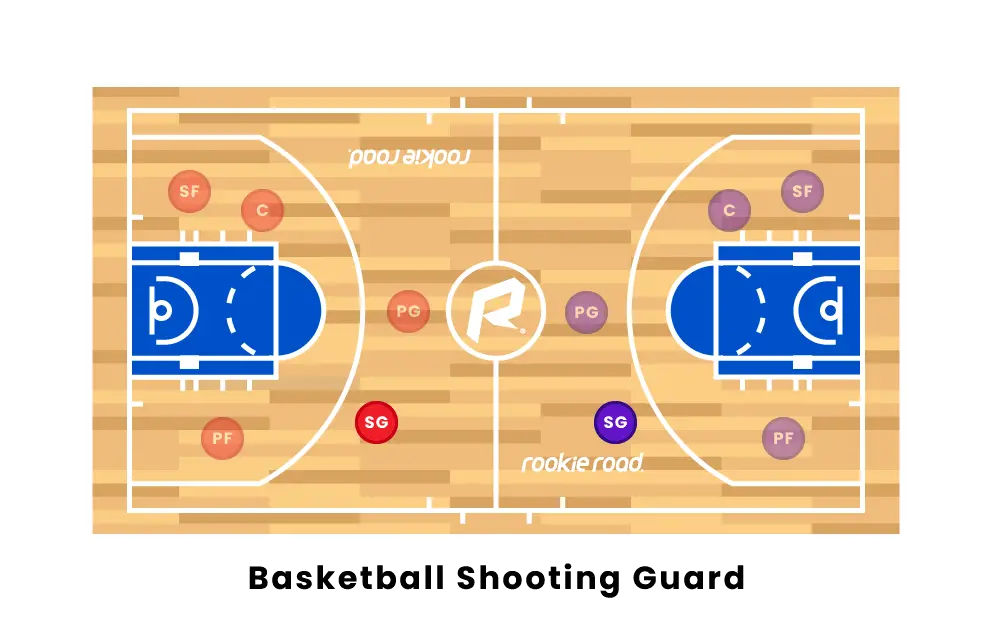
With the changes within the sport, there have been different types of SG, the popular types of shooting guards are defensive guards and offensive threats. As the name suggests, offensive treats are more involved in the offense trying to score points whereas defensive guards focus more on the defensive aspect of the game.
The primary focus of the offensive guard is to take more shots outside the three-point. Offensive guards are more focused on their dribbling and shooting skills. They rush past opponents using their dribbling and score a basket using their shooting abilities. These guards as the name suggests are aggressive in their approach.
Offensive guards generally receive the ball and shoot instantly, hence known as catch-and-shoot type players. Dwane wade, Michel Jordan and JJ Redrick are some better-known offensive threats in the game. various skills such as fake shots, dribbling, accuracy, and the ability to hit open shots are required for an offensive guard.

On the flip side, defensive guards generally have the role of stooping the opponent players and limiting the shooting of the opponent team. They are responsible for blocking and guarding the star players of the opposite side. Tony Aleen is considered an excellent defensive guard in the NBA.
Various skills including ball tackling, man-to-man checking, and defending are required for a defensive guard.
However, one may possess both the skills of an offensive as well as a defensive guard. These individuals are referred to as 3 and D type of players. 3 and D players have both good shooting skills as well as have tremendous influence in the backlines as well. Danny Green is an example of a 3 and D player.
3. Small Forward
The small forwards are typically known for their versatility. Small forwards are quick and athletic players that drive the ball into the opponent's defense.
SFs are also referred as to position three and are considered one of the most important positions of the main five positions. Small forward athletes are generally strong and range anywhere from 6'6 to 6'10. These assets help them get to the line and draw fouls eventually leading to a free throw.
These forwards usually attempt lay-ups and slam dunks breaking into the opponent's defense. Small forwards also have good shooting skills and are the second-best shooters after shooting guards. For their shooting abilities, these forwards generally take foul shots from the foul line.

SF must possess a bit of everything on the court. They play roles as swingmen, and defensive guards as well as have to be excellent shooters. Hence, SFs must be versatile on the court. Some of the best forwards of all time are Lebron James, Kevin Durant, and Larry Bird.
The skills required for the position are well-rounded, ball handling, quick, and shout be able to score both inside as well as outside the 3-point line. These skills with agility and ball control makes the perfect small forwards. Small forwards are generally one of the top scorers of the game.
4. Power forward
Power forward is generally known for its huge built and rebounding skills. The power forward is the second biggest in the team after the center.
The PF is the team's most dependent as well as bold scorer being close to the hoop rebounding the shots as well as shooting from 10-15 feet from the basket. These forwards have similar roles to the center in the low blocks and are also called the four.

Power forwards have responsibilities both on the offensive as well as the defensive end. On the offensive end, PF has roles of passing the ball and rebounding the shots shot by a fellow teammate to score a basket. On the other hand, on the defensive side, these forwards drive opponents away from the basket and guard big players.
In the NBA, power forwards usually range from 6'8 to 7'0 feet. A PF can also be considered as a larger and stronger version of a small forward. The four are also versatile and move across the court for both offensive as well as defensive purposes.
Some famous power forwards in NBA history include Charles Barkley, Giannis Antetokounmpo, and Kevin Garnett. The key skills required for the four positions are midrange shooting, rebounding, defending, and post-up moves.
5. Centre
The center hoop position is generally played by the tallest player on the team. Centers are usually on the low post ready to defend the ball.
The player who is closest to the rim is the center, or the five. The tallest player will always be the best fit for this position because he is the tallest in the squad.
As the rim protectors when playing defense, centers need height to be effective. However, there are other crucial factors in making a great center such as the player's skill set, the qualities of the other 4 team members, and the system the coach plans to employ.
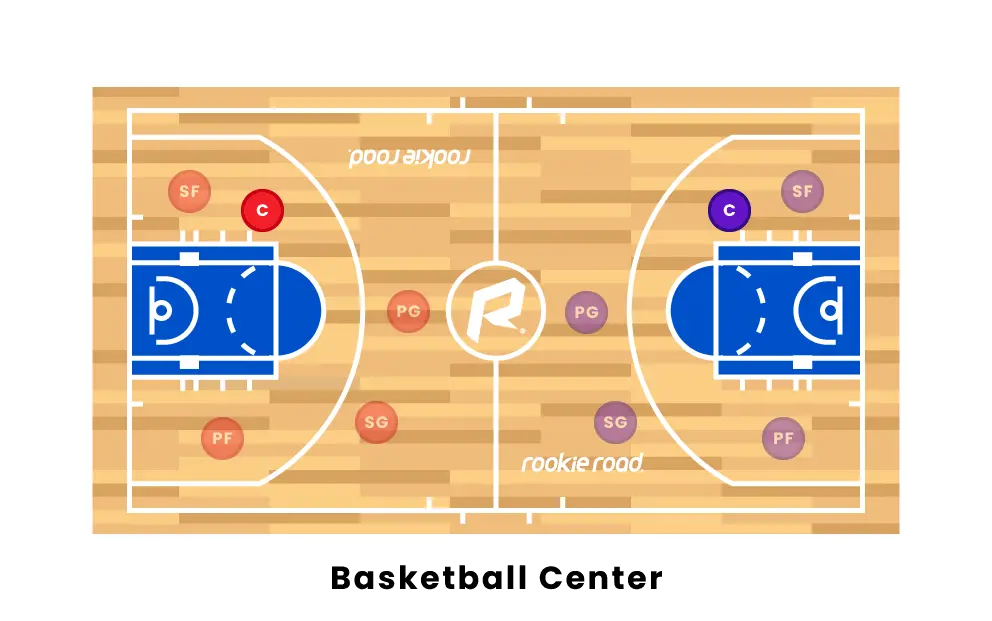
The Centre is the team shot blocker. They block players using their height and position, forcing them far from the rim as much as possible. This leads the opponents to shoot from a distance eventually missing the shot.
Centers are expected to post up and play at one of the most important positions in basketball offense. Centers also are good at rebounding despite the power forward having a huge part in the role. The position and the height advantage allow the center to take rebounds both offensively but majorly defensively.
In the NBA, the position is occupied by players with a height of 6 foot 8 inches or more. The height advantage helps the number five be dominant in the game with their rebounding capabilities and defensive talents.
The essential skills required to play center in Basketball are excellent shot-blocking, offensive and defensive rebounds, good overhead passes, and assists. These skills added to the height and built of an individual creates a good central position athlete.
6. Additional positions
Although there are 5 fixed positions in Basketball as five players are on the court. Off-court there are two more positions one needs to learn about.
These positions are different from the above-mentioned 5 positions but play an important role in the strategy and outcome of the overall game. The positions outside the court are 'the bench' and 'the sixth man'
The bench
A basketball squad has more than 10 players on its roster. The Bench incorporates all the other players who don't make it to the starting five.
The bench is a word used in order to describe these players who are off the court until they are substituted. All other players who don't make the starting lineup for a basketball game but remain on the sidelines as potential substitutes are included on the bench.
Every player on the court in the NBA has at least one backup. As a result, there could be up to 5 or 7 players sitting on the bench. These players have various positions as mentioned above in the subheadings.
However, the bench is not a playing position and is not included in the major 5 positions. it acts as an additional position that is used in order to address the available substitute players.
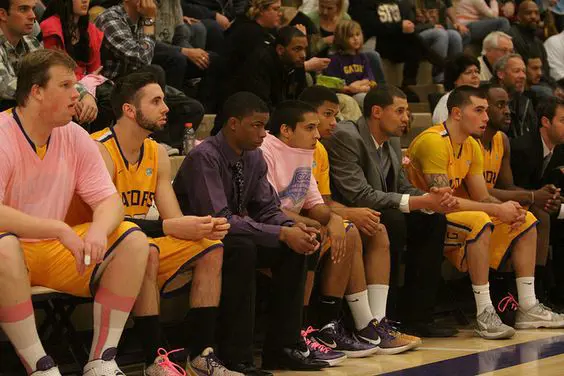
The sixth man
The sixth man is the replacement player who frequently comes off the bench first to line up on the court. This player is brought in to add momentum to the squad.
The sixth player in the lineup is meant to add some energy by infusing the game with good spirit, even if the team has been lacking behind. This helps rebuild confidence in the players and the team overall.
Because of this, the sixth man should be a player who, like the starting five, has a firm grasp of the team's strategies. He must also be a physically fit player who can have an impact on the game and help the team get the desired outcomes.
John Havlicek, Michael Cooper, and Toni Kukoč are excellent examples of the best sixth men in NBA history. These men started off on the bench but played a crucial role in the overall development and strategy of the team.
